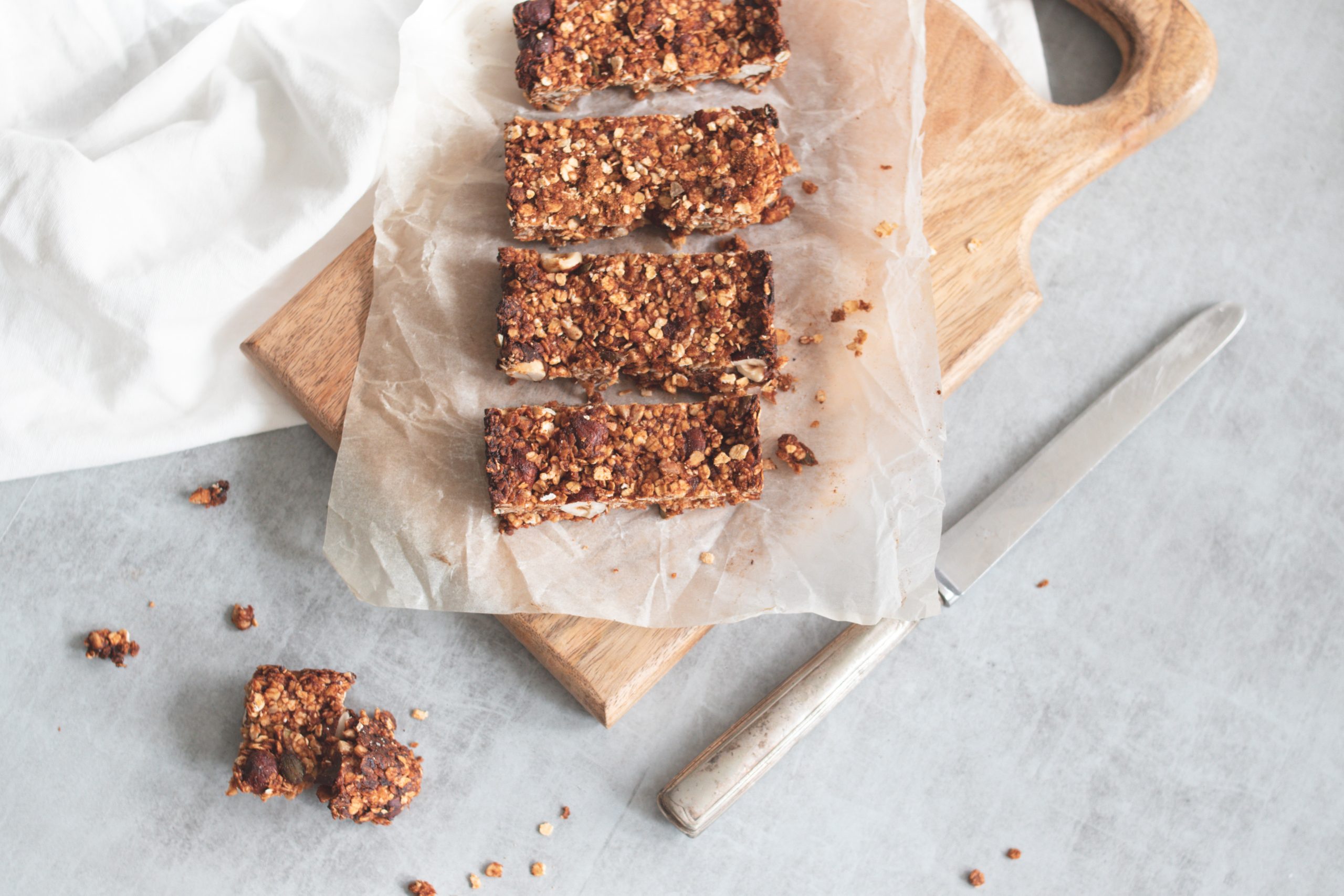Providing children with nutritious meals during their school day is essential for promoting their overall health and well-being. Healthy school lunches not only offer a wide range of nutritional benefits but also contribute to improved academic performance and reduced risk of obesity and other health-related issues. This article will explore the importance of healthy school lunches and provide suggestions for creating balanced and enticing meals for students.
The Benefits of Healthy School Lunches
1. Nutritional Value:
Healthy school lunches are packed with essential nutrients that are vital for children’s growth and development. These meals typically include a variety of fruits, vegetables, whole grains, and lean proteins, providing essential vitamins, minerals, and fiber.
2. Improved Academic Performance:
A well-balanced diet has a direct impact on students’ cognitive functions and academic performance. By fueling their bodies with nutritious foods, students are better able to concentrate, focus, and retain information, ultimately leading to improved learning outcomes.
3. Prevention of Obesity and Related Diseases:
Obesity rates among children are alarmingly high, contributing to the development of several chronic diseases. Healthy school lunches help reduce the risk of obesity and related health issues by offering lower calorie options, controlling portion sizes, and encouraging the consumption of nutrient-dense foods.
What Makes a School Lunch Healthy?
1. Variety:
A healthy school lunch should include a variety of food groups to ensure students are exposed to a wide range of nutrients. Incorporate colorful fruits and vegetables, whole grains, lean proteins, and low-fat dairy products into the meals.
2. Proper Portion Sizes:
Providing appropriate portion sizes is key to maintaining a balanced diet. Offering oversized portions can lead to excessive calorie consumption and hinder students’ ability to listen to their bodies’ natural hunger cues. Portion control is a crucial aspect of healthy school lunches.
3. Limiting Added Sugars and Sodium:
High sugar and sodium intake is associated with various health problems. To promote healthy eating habits, school lunches should limit the addition of sugars and salt while focusing on using natural flavorings and herbs for delicious taste.
Ideas for Healthy School Lunches
1. Sandwich Wraps:
Use whole wheat tortillas or pita bread as a base and fill them with lean proteins such as chicken, turkey, or hummus. Add a variety of colorful vegetables like lettuce, tomatoes, and cucumbers to provide essential vitamins and minerals.
2. Salad Bowls:
Offer salad bowls with a wide selection of fresh greens, such as spinach or mixed greens. Include toppings like diced chicken or tofu, cherry tomatoes, bell peppers, and a drizzle of olive oil and vinegar dressing to keep the meal exciting and nutritious.
3. Bento Boxes:
Create bento box-style lunches with different compartments for a variety of nutritious options. Fill the compartments with fruits, vegetables, whole grain crackers, cheese cubes, and lean protein slices, allowing students to enjoy a well-rounded meal with diverse flavors.
Conclusion
Healthy school lunches play a vital role in promoting the well-being and academic success of students. By providing them with nutritious meals that are packed with essential vitamins, minerals, and the right balance of macronutrients, schools can contribute to the overall health and growth of their students. Encouraging variety, proper portion sizes, and limiting added sugars and sodium are crucial steps towards creating a balanced and enticing menu that students will enjoy.


